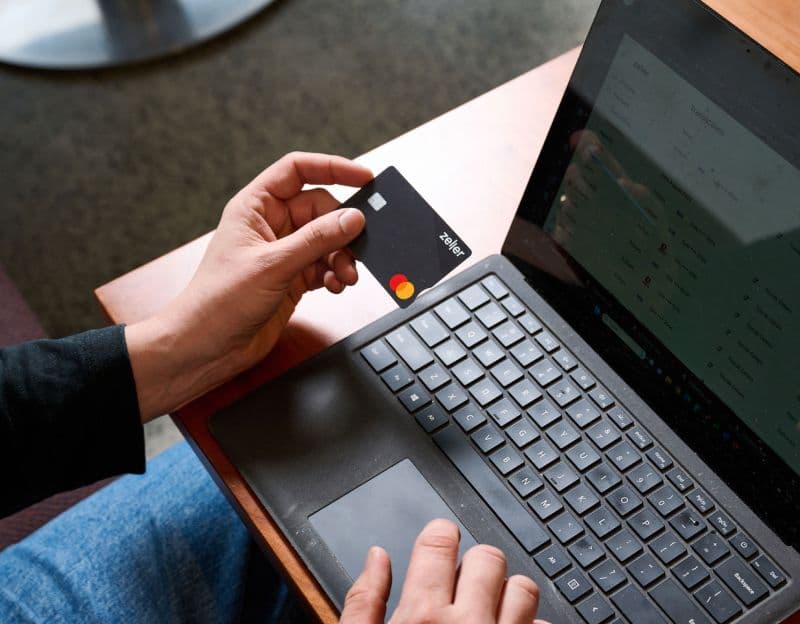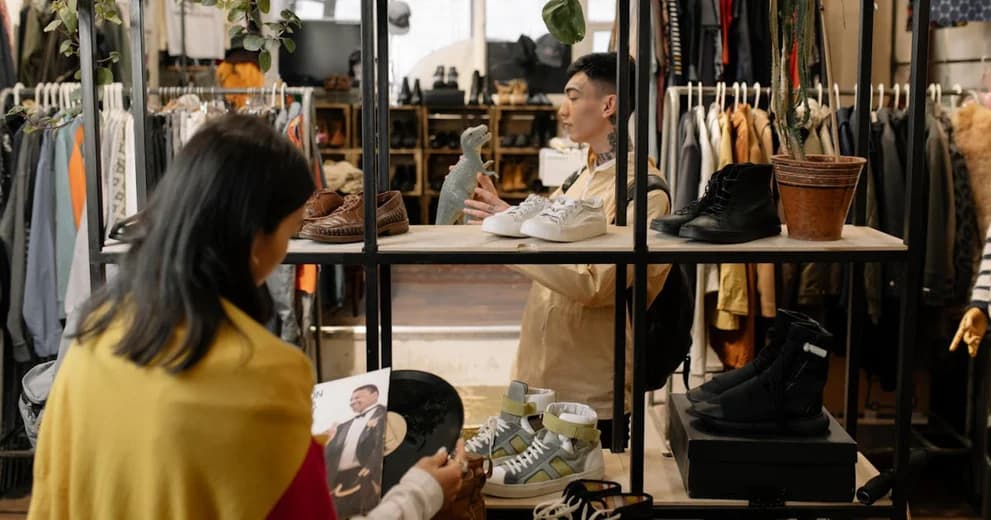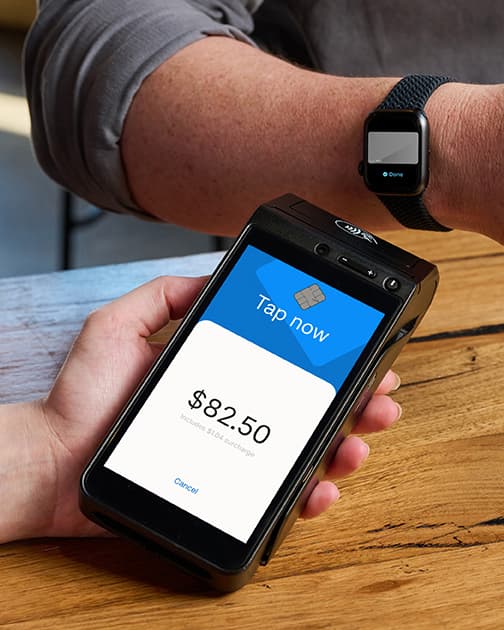
- Business Growth & Optimisation
The Retail Transformation: What Do Shoppers Want?
Discover how to meet the ever-evolving needs of shoppers.
Retailers are no strangers to disruption. Every 50 years or so, the industry goes through a significant period of change.
200 years ago, Mum-and-Pop shops lined the streets. They were community-anchoring, catch-all drug and general stores, selling anything and everything a person might need for daily life.
150 years ago, the growth of big cities and the rise of railroad networks led to the rise of the first modern-day department stores. Think David Jones, and Myer.
100 years ago, mass-produced automobiles made suburbia more accessible, and appealing. Soon after, shopping malls and high streets formed — posing a challenge to city-based department stores.
50 years ago, in the 1960s and 1970s, discount chains began spreading like wildfire across major cities, transforming the retail landscape once more.
Each wave of disruption poses a challenge to retail store owners. While these shifts do not eliminate what came before, each reshapes the landscape through redefined consumer expectations and new entrants to the markets.
History proves the retail merchants that thrive are those that are able to adapt to the times, and adopt the latest technology to gain a competitive edge.
Adapting to the next normal in retail
Every retailer has, to some degree, a sense of what the future of the retail industry could look like — stores morphing into showrooms, with products being shipped out by drones; shoppers making purchases from anywhere, at any time, via whichever device is most convenient for them; perhaps even robotic, roaming mannequins treating walkways as a cat walk.
Some are more likely than others to eventuate. Yet what seems futuristic and fanciful in 2022 may one day become the norm. There’s no doubt financial services technology will continue to develop at a fast pace, and your customers will be paying with different devices in the future. Shoppers are already using mobile phones, smartwatches and smart rings to pay for their purchases with a single tap.
As shoppers grow to expect more and more from the brands they choose to support, retailers are increasingly needing to consider the customer experience and how to turn shoppers into loyal customers.
The 5 trends shaping the future of retail
1. Speed and convenience
Speed and convenience will be defining qualities of a top shopping experience. Your customers are becoming less patient, and place increasing importance on the ability to make purchases quickly and easily. Patience for lagging systems and long queues is waning.
Every customer must be able to pay for their purchase quickly, in the most convenient way for them. The ability to place orders over the phone, and collect items curbside, is key — as is having the items they expect in stock. Having the ability to take payment via a mobile EFTPOS terminal, from wherever your customer is in-store, will help to alleviate the inconvenience of queues and enable shoppers to ponder additional purchases for longer.
Retailers that simplify the purchasing process, and deliver products into their customers’ hands faster, will generate customer loyalty and benefit from repeat purchases and positive word-of-mouth. Many of these efficiencies will be made possible through a powerful, integrated retail POS system.
2. A personalised shopping experience
A personalised shopping experience will be a key competitive differentiator.
Time-poor shoppers want to know when you start stocking a new product that meets their needs, and have the option to streamline repeat orders. Similarly, their loyalty should be tracked and rewarded. Forward-thinking retailers will use these customer insights to inform their stock purchases, and highly targeted marketing activities.
An integrated payments system will enable you to do all of the above, and more. Those retailers that take the time to understand the customer journey, and leverage intelligent tech tools to personalise that journey wherever possible, will come out on top.
3. A shift in spending power
Millennials may be the largest consumer group currently, but there’s another generation garnering increased spending power: Gen Z. Discovering what drives a young consumer to shop with one brand over another is key to the long-term success of your retail store.
The youngest generations of shoppers tend to be loyal to brands that value honest communication, recognise the environmental impact of their business, and make moves to alleviate that impact in some way. It could be through sustainable packaging, donation drives, or something different entirely. Transparency in production lines will also help to generate brand loyalty; your shoppers want to know where their purchases come from.
Every retailer should take the time to understand the mindset of the consumers who control the largest chunk of the purchasing dollar. Retailers need to evolve with that high-value consumer to hold onto their brand relevance in 2022 and beyond.
4. Support for smaller brands
In recent years, there has been a clear shift away from department stores. Fewer consumers are shopping with big brands, and instead are choosing to spend with local stores, boutiques and smaller brand name shops.
When it comes to agility, smaller brands have the upper hand. With no boards or shareholders to answer to, or long-engrained brand values and traditions to consider, small retailers can adapt to consumer trends more quickly — whether that is by introducing new, simpler ways to pay, new product lines, innovative advertising strategies, or something else entirely.
While larger brands will struggle to stay relevant, independent retailers can (and should) take advantage of the fast pace of change to deliver exceptional, modern consumer experiences.
5. Frictionless payment experiences
A frictionless payment experience will be a key component of a positive shopping experience. In simplest terms, that means every shopper should be able to pay:
wherever they want — in-store, online, over the phone, or curbside
using whichever method of payment, and device, they prefer
with one tap.
If shoppers are required to pay a surcharge, they shouldn’t be financially penalised for choosing one payment method over another. For retailers, that means it’s even more important to seek out one low transaction rate — like that offered by Zeller.
In future, payments may be able to be made through iris scanning, fingerprint recognition or even facial identification technology. The opportunities are endless. For now, it’s imperative that your store’s EFTPOS machine is able to accept payments made through digital devices, such as mobile wallets. Increasingly, the ability to accept payment via QR codes will become critical as more consumers adopt the likes of AliPay and WeChat Pay — both of which are already popular among tourists.
Ready to get started with Zeller?
Sign up for freeChange is inevitable, yet the aim of retailers remains the same: to make the shopping experience more convenient for the customer. New technology will continue to emerge to enhance the customer experience, streamline payment processes, and offer retailers new ways to win and retain customers.
Retailers will have to work hard to meet the ever-evolving expectations of shoppers. However, those that do will solidify their brand position amongst the next generation of shoppers, and be rewarded with customer loyalty for years to come.



